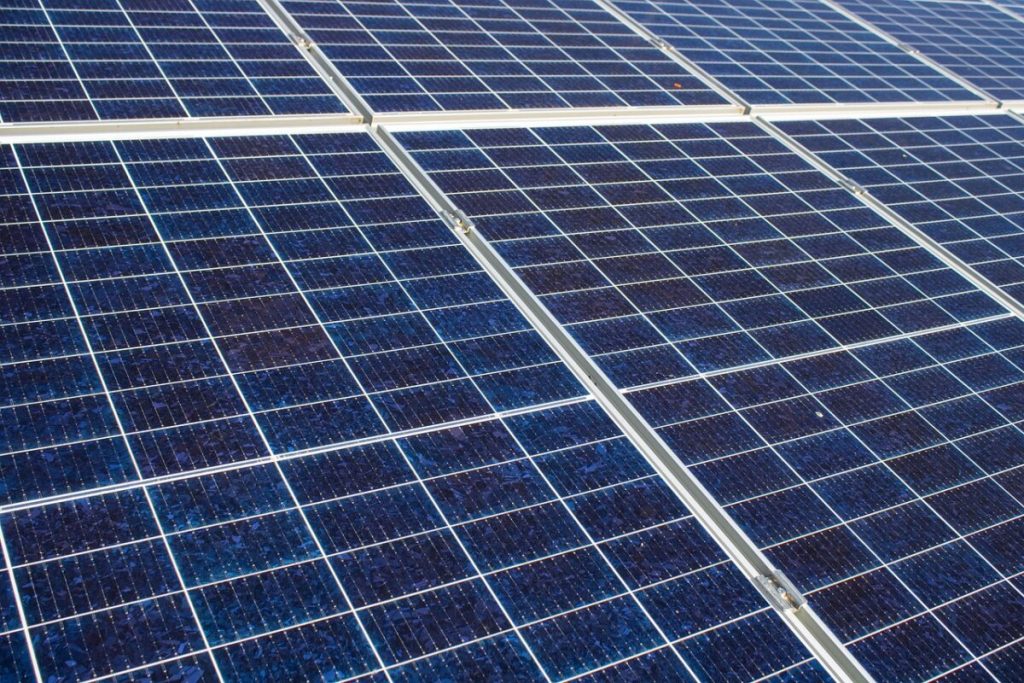Meet the Author
Chinaland Solar Energy Co., Ltd. (SUNERGY)
Established in 2008, Chinaland Solar Energy Co., Ltd. (SUNERGY) stands as a beacon of innovation and excellence in the realm of solar energy. As a high-tech enterprise, SUNERGY is dedicated to the comprehensive advancement of solar technology, spanning research and development, production, sales, and service of solar modules and photovoltaic power generation systems.
With a steadfast commitment to quality and sustainability, SUNERGY has emerged as a leading brand in the photovoltaic industry. Our reputation for excellence is built upon a foundation of industry-leading module R&D capabilities and manufacturing levels, ensuring that every product deliver is of the highest standard.
As advocates for a greener, more sustainable future, the experts at SUNERGY are passionate about empowering individuals and communities to harness the power of the sun. Through their expertise and dedication, they continue to pave the way for a brighter tomorrow, one solar panel at a time.

In our modern quest for sustainable and renewable energy sources, none shine quite as brightly as the sun. Solar energy, derived from the sun's rays, is not only abundant but also a clean and eco-friendly alternative to fossil fuels. But how does it actually work? Let's explore the fascinating process behind harnessing the power of the sun and converting it into usable energy.
Table of Contents
The Basics of Solar Energy
At its core, solar energy is generated through the conversion of sunlight into electricity. This is made possible through the use of solar panels, also known as photovoltaic (PV) panels. These panels are composed of several individual solar cells, typically made from layers of silicon crystals.
1. Absorbing the Sun's Energy
When sunlight hits the solar panels, it interacts with the semiconductor material, usually silicon, within each solar cell. The photons of light from the sun dislodge electrons in the silicon atoms, creating an electric current. This phenomenon is known as the photovoltaic effect, which is the basis for generating electricity from solar energy.
2. Generating Direct Current (DC)
The free electrons that are loosely bound within the silicon material flow through an electric field within the solar cells. This movement of electrons forms a direct current (DC), an electrical flow that is unidirectional. However, since most household appliances and the power grid operate on alternating current (AC), an inverter is used to convert the DC electricity into AC electricity for practical use.
3. Forging a Connection to the Power Grid
Solar energy systems are commonly designed to enable a two-way connection with the power grid. Excess electricity generated by the solar panels during daylight hours can be fed back into the grid, making it available for others to use. This process, known as net metering, allows homeowners and businesses to earn credits for the excess energy they contribute.
4. Energy Storage and Backup
Solar energy systems can also incorporate energy storage solutions to address the intermittency of sunlight and ensure a continuous power supply. Energy storage systems, such as lithium-ion batteries, allow excess energy generated during the day to be stored for later use, such as during cloudy periods or at night. This provides a reliable backup and maximizes self-consumption.

Benefits of Solar Energy
Solar energy offers numerous benefits that make it an attractive option for individuals, communities, and businesses alike. Here are some key advantages:
1. Renewable and Sustainable: The sun is an abundant and virtually limitless source of energy, making solar power a sustainable solution with no worry of depletion.
2. Reduced Carbon Footprint: Solar energy produces no greenhouse gas emissions during operation, contributing to a cleaner environment and mitigating climate change.
3. Economic Savings: Solar panels allow homeowners and businesses to generate their own electricity, reducing dependence on traditional utility companies and lowering energy bills.
4. Job Creation: The rapid growth of the solar industry has led to the creation of numerous job opportunities, stimulating the economy and supporting local communities.
5. Energy Independence: Generating solar power enables individuals and communities to become more energy self-sufficient, reducing vulnerability to price fluctuations and disruptions in the energy market.
In conclusion, solar energy harnesses the power of the sun by converting sunlight into electricity through the use of solar panels. With its sustainable nature, reduced environmental impact, and potential for cost savings, solar energy is an increasingly popular and accessible choice for meeting our energy needs. By embracing solar power, we can contribute to a cleaner and more sustainable future—one powered by the boundless energy of the sun.
Ready to embrace solar energy and start saving on your electricity bills? Contact us today at [https://www.sunergyworks.com/] to get a free consultation and find the best solar solution for your home or business.
